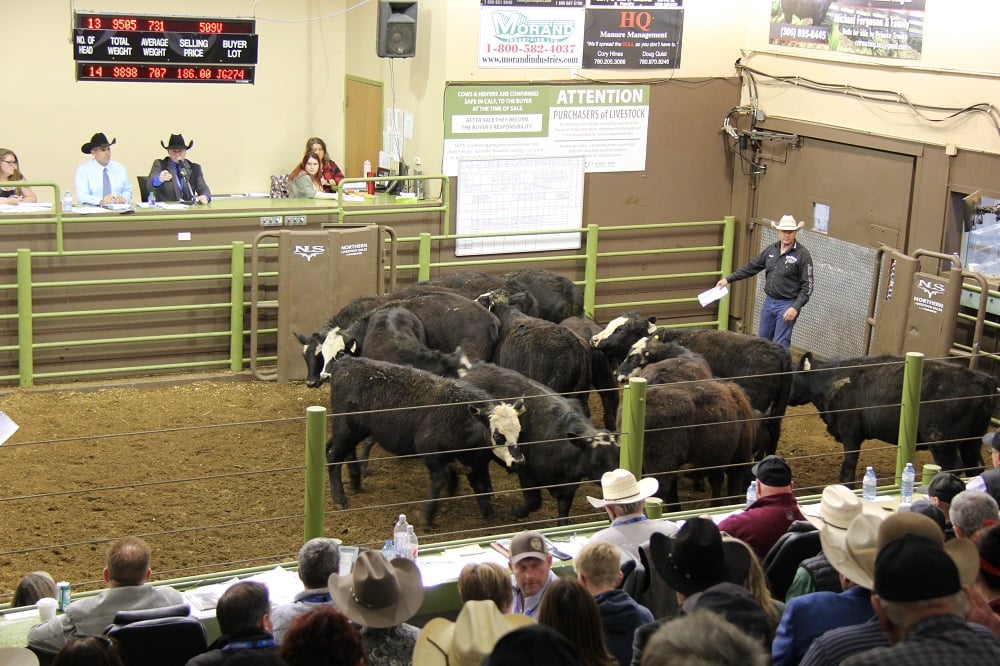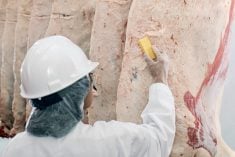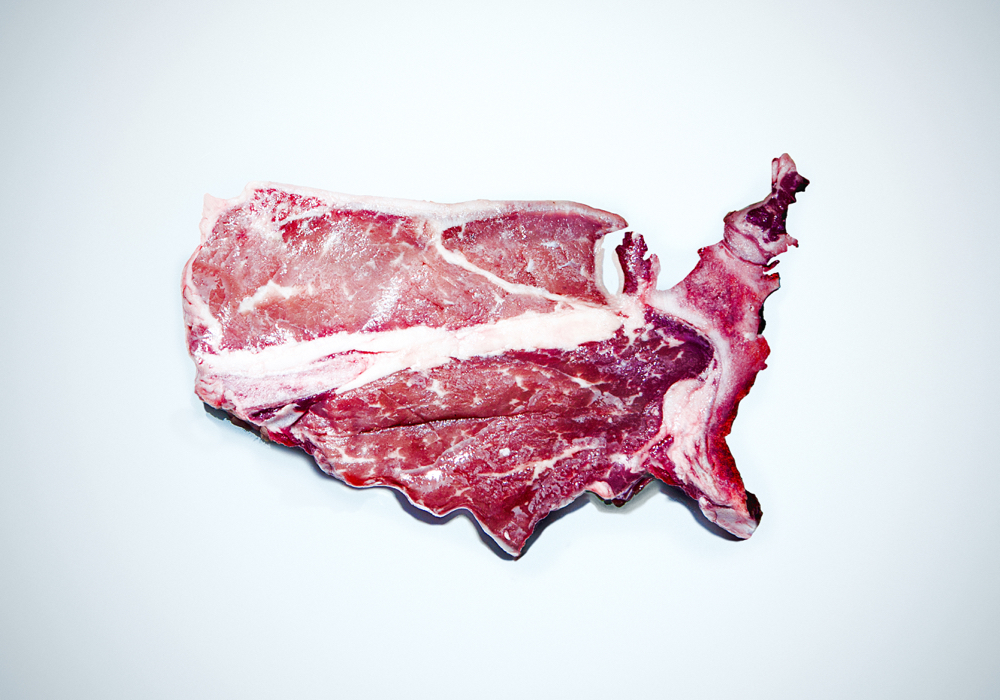North America is the land of plenty for most of its residents. One does not hear of people starving to death, as occurs in some developing nations. In fact, America and Americans discard more food every year than any other country. That is a scandal in and of itself. But even worse is that nearly 13 per cent of U.S. households (13 million households) were food insecure in 2022. The numbers for Canada are strikingly similar as a percentage of the total population.
While the world wastes about 2.5 billion metric tonnes (mt) of food every year, the U.S. discards nearly 60 million mt every year. That’s estimated to be almost 40 per cent of the entire U.S. food supply and equates to 325 pounds of waste per person. That’s like every person in America throwing 975 average-sized apples into the garbage, or rather, into landfills, as most discarded food ends up there. Food is the single largest component taking up space inside U.S. landfills, making up 22 per cent of municipal solid waste. All told, the amount of food wasted in America has an approximate value of nearly US$218 billion, the equivalent of 130 billion meals.
Canadians in turn create over 50 million mt of food waste every year despite 60 per cent of it being avoidable through better planning and awareness. The average Canadian household produces 79 kilograms (174 pounds) of food waste per year, according to the UN Food Waste Index. Nearly half (47 per cent) of the waste is generated at the household level, yet more than 60 per cent could be easily avoided, says the government. Canada’s yearly food waste is equivalent to 9.8 million mt of carbon dioxide. Fruits and vegetables account for 45 per cent of food waste.
Read Also

Cattle Market Summary
Break-evens, cow and calf prices, plus market summaries courtesy of Canfax and Beef Farmers of Ontario. Cost of Production October…
Meanwhile, one in eight households in Canada, or four million Canadians, including 1.2 million children, were in food-insecure households in 2018. This number is higher than any recorded previously. In 2017-18, 84 per cent of people who lived in food-insecure households were in Ontario, Quebec, Alberta and British Columbia. But the territories had the highest prevalence of food insecurity, with Nunavut at 57 per cent, the Northwest Territories at 21.6 per cent and the Yukon at 16.9 per cent.
Down south, it is estimated that nearly 35 million people across America, including 10 million children, suffer from food insecurity. This includes 12.8 per cent (17 million) of all households, according to a new report by USDA’s Economic Research Service. Food-insecure households (those with low and very low food security) had difficulty at some time during the year providing enough food for all their members because of a lack of resources. The 2022 prevalence of food insecurity was statistically significantly higher than the 10.2 per cent recorded in 2021 (13.5 million households) and the 10.5 per cent in 2020 (13.8 million households), says the Economic Research Service.
Food spoilage, whether real or perceived, is one of the biggest reasons people throw out food. More than 80 per cent of Americans discard perfectly good, consumable food simply because they misunderstand expiration labels, says the Economic Research Service report. Labels like “sell by,” “use by,” “expires on,” “best before” or “best by” are confusing to people, and in an effort to not risk the potential of a foodborne illness, they’ll toss it in the garbage, says the report.
The North American beef industry suffers its share of food spoilage. However, decades of packaging improvements — think case-ready — have helped reduce the wastage of red meat and poultry. But the industry can and should do more to educate consumers about recognizing when a beef product is still safe to eat.
















